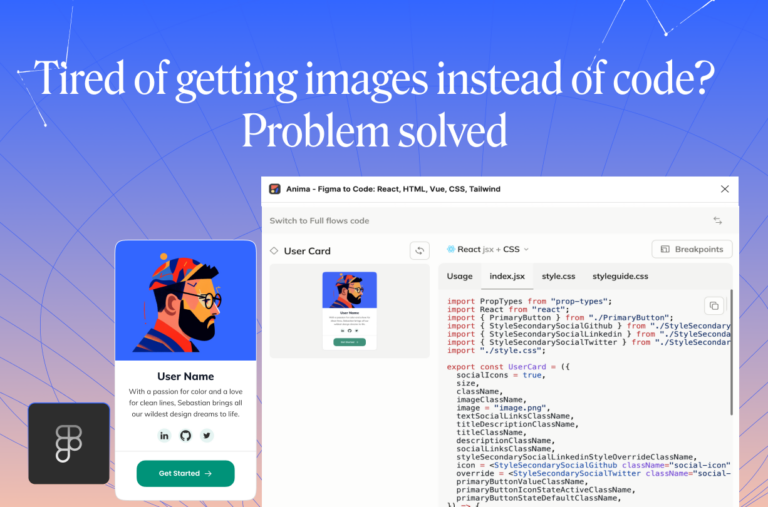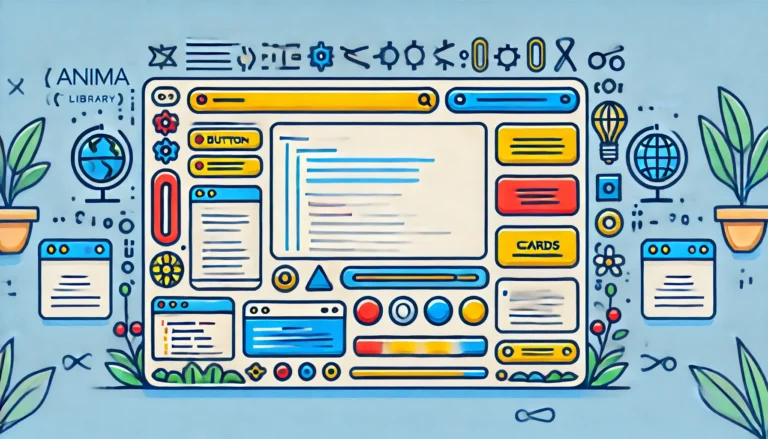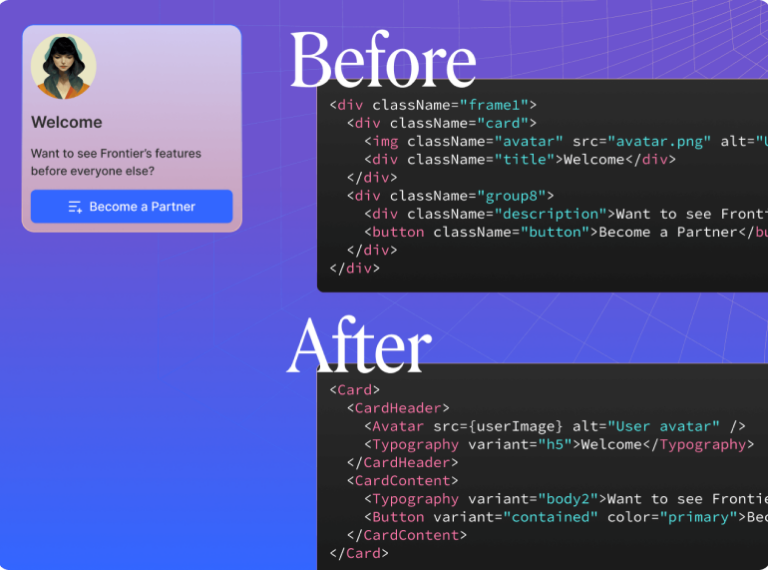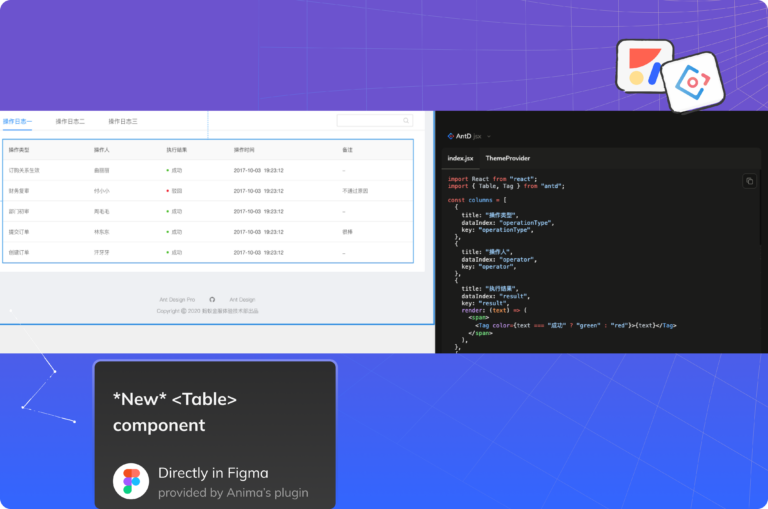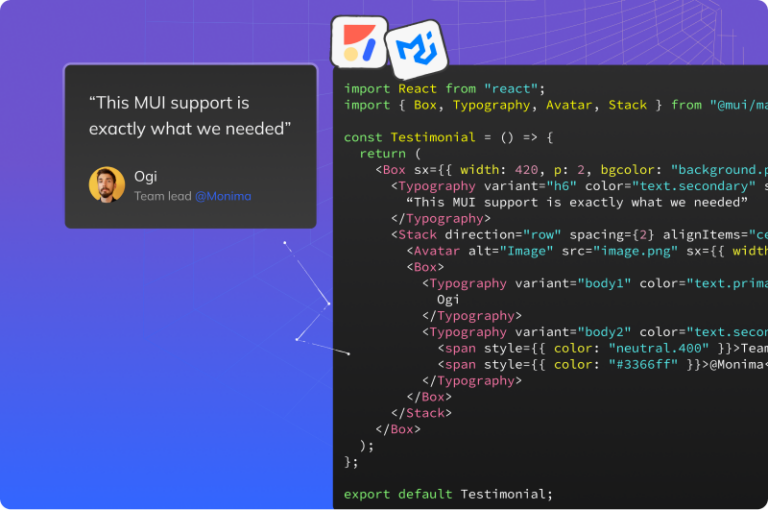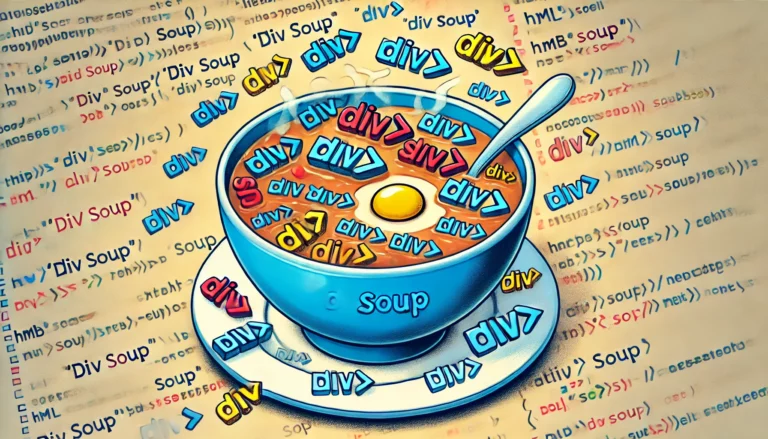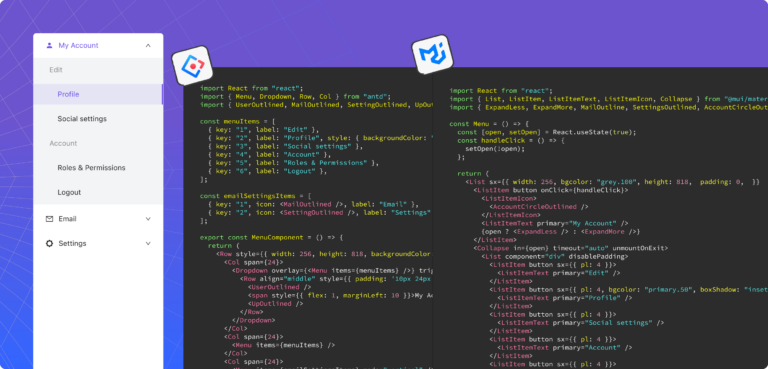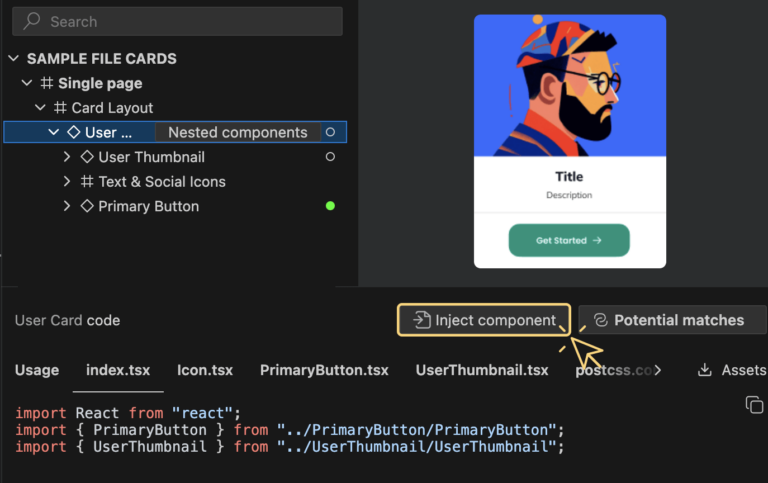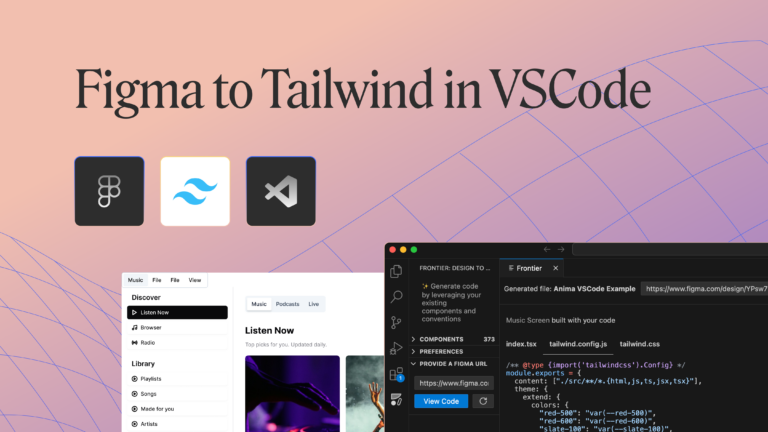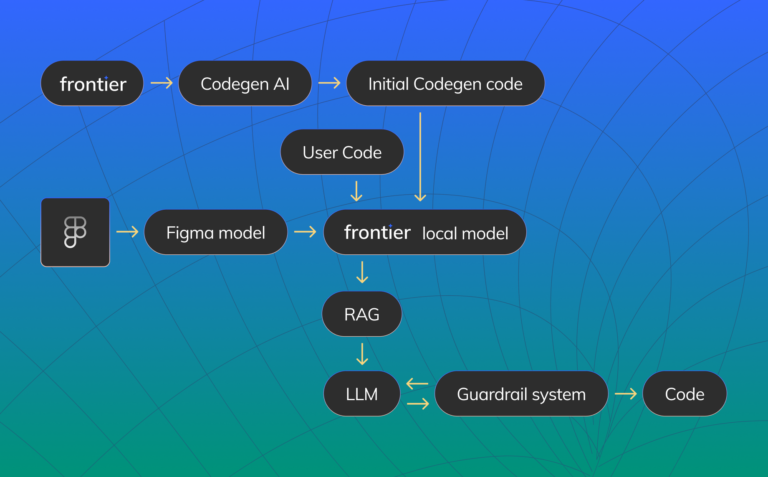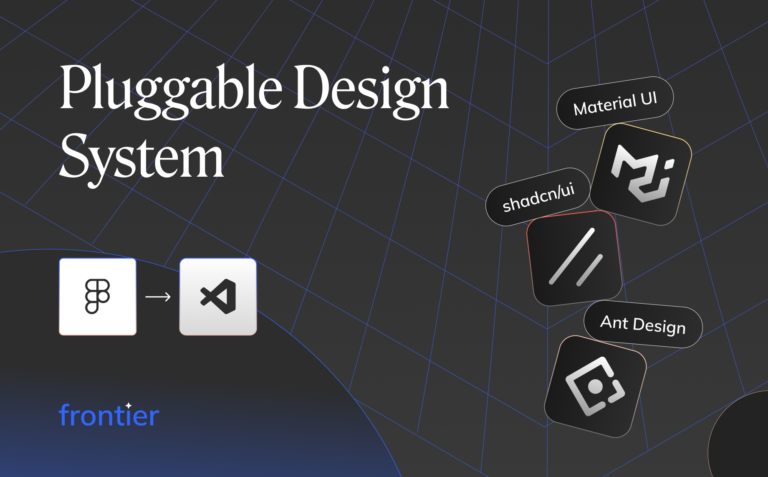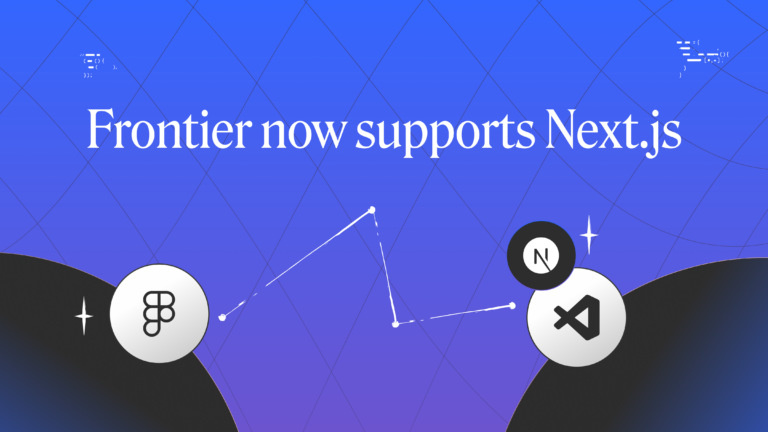
Transform Figma designs into shadcn components with Anima
Reading Time: 3 minutesTransform your Figma designs into production-ready shadcn components with Anima. Streamline your workflow, maintain design consistency, and generate Tailwind-based code effortlessly.
Understanding the differences between AI agents, assistants, and other intelligent tools
Reading Time: 3 minutes Explore the differences between AI agents, assistants, and tools, understanding their unique roles, capabilities, and applications in technology.
Modernize Frontend in 2025: Future-proof your web and app development
Reading Time: 4 minutesDiscover essential strategies for modernizing your frontend in 2025. Learn how component-based architectures, design systems, edge rendering, microfrontends, and tools like Anima and Frontier by Anima can future-proof your web and app development, enhancing scalability, security, and performance.
What is a monorepo? A practical guide for developers
Reading Time: 4 minutesLearn what a monorepo is, how it benefits development teams, and why leading companies like Google and Facebook use it. This practical guide covers the pros, cons, and best practices for using a monorepo in modern software development.
Layers marked as images and codegen – to flat or not to flat
Reading Time: 2 minutesLearn how to control Figma-to-code exports with Anima's new image export override feature. Keep designs interactive by choosing when layers should export as images or code, ensuring a responsive and functional final product.
Why Use a UI Library? Benefits, Efficiency, and Consistency Explained
Reading Time: 4 minutesDiscover why using a UI library is essential for modern web development. This article explores how UI libraries can streamline your workflow, ensure design consistency, and accelerate production. Learn about the benefits of using libraries like MUI and Ant Design, and how tools like Anima can enhance your development process, making it faster and more efficient.
🔥 Frontier’s smart code optimizer: cleaner, more readable, and functional code
Reading Time: 2 minutesFrontier's Smart Code Optimizer is here to speed up your development process with two powerful new features: Component Identification through Visual Analysis and Advanced Code Cleanup. These tools will streamline your workflow, saving you time and ensuring your code is clean, readable, and functional from the start. Let’s explore how these new features can transform your coding experience.
Figma to Ant Design components – Get the most of Ant Design with Anima
Reading Time: 4 minutesWe’re excited to introduce our latest feature: seamless support for Ant Design (AntD)! Now you can transform any Figma design—whether it’s tidy or a little chaotic—into clean, production-ready Ant Design code. With Anima’s AntD integration, developers can quickly bridge the gap between design and code, turning creative visions into structured, reusable components.
Unleash the power of Material UI with Anima
Reading Time: 4 minutesWe’re excited to introduce Anima’s latest feature: the ability to transform any Figma design into clean, functional code using Material UI (MUI). This powerful capability helps developers quickly convert any Figma file—whether it’s well-structured or not—into high-quality MUI code.
Best IDEs for Frontend Development in 2025: Features, Pros, Cons, and Pricing
Reading Time: 3 minutesSelecting the right Integrated Development Environment (IDE) is pivotal in boosting productivity and optimizing the development process. Understanding the capabilities of different IDEs for frontend development is essential. Below, we explore the best IDEs for 2025, including their key features, strengths, weaknesses, pricing, and a special focus on their enterprise capabilities.
Anima App VS Anima AI – Anima App does not create virtual companions but can help you in many other ways
Reading Time: 3 minutesAnima App VS Anima AI. Are you looking for virtual love or for AI powered design-to-code?
What is Semantic HTML? Key Differences from HTML and Why It’s Important for Frontend Developers
Reading Time: 3 minutesSemantic HTML is a way of tagging some HTML tags to add more semantic meaning to the content, instead of simple "div" soup structure. This approach also makes websites easier to navigate, better for SEO, and simpler to maintain. In this article, we’ll cover what semantic HTML is, how it differs from regular HTML, and why it’s so important for frontend developers.
Transform any Figma design into high-quality MUI or AntD code with Anima
Reading Time: 3 minutesGenerate clean and functional code from any Figma file, no matter how it’s structured or which components it uses. Whether your design is well organized or a bit chaotic, if it uses standard components or none at all, Anima takes it all and translates it into high-quality MUI or Ant Design code.
New Feature Alert: Enhance Your Enterprise Security with Single Sign-On (SSO) Now Available in Anima’s Enterprise Plan
Reading Time: 2 minutesAnnouncing the launch of Single Sign-On (SSO) support as part of our Enterprise Plan! This new feature is designed to enhance security, streamline access, and simplify user management for organizations of all sizes. With support for the Security Assertion Markup Language (SAML) protocol, we are taking authentication to the next level.
Minimizing LLM latency in code generation
Reading Time: 2 minutesDiscover how Frontier optimizes front-end code generation with advanced LLM techniques. Explore our solutions for balancing speed and quality, handling code isolation, overcoming browser limitations, and implementing micro-caching for efficient performance.
Introducing Frontier’s New Feature: Code Injection
Reading Time: 2 minutesThis feature enhances your ability to seamlessly integrate generated code from Figma into your existing projects, saving time and reducing the need for manual copy-pasting.
Convert Figma to React & Tailwind Automatically in VSCode
Reading Time: 2 minutesFrontier seamlessly transforms Figma files into React code, perfectly integrating with your existing Tailwind configurations. Frontier meets you where you work, in VS Code.
Guard rails for LLMs
Reading Time: 3 minutesThe conclusion is that you cannot ignore hallucinations. They are an inherent part of LLMs and require dedicated code to overcome. In our case, we provide the user with a way to provide even more context to the LLM, in which case we explicitly ask it to be more creative in its responses. This is an opt-in solution for users and often generates better placeholder code for components based on existing usage patterns.
Pluggable design system – Figma to your design system code
Reading Time: 3 minutesWhen we created Frontier, we didn’t want to stick to just one coding design system. MUI, for example, is a very popular React Design System, but it’s one of <very> many design systems that are rising and falling. Ant Design is still extremely popular, as is the TailwindCSS library. We’re seeing the rapid rise of Radix based component libraries like ShadCN as are Chakra and NextUI.
Does Frontier support NextJS?
Reading Time: 2 minutesShort answer: Yes! Frontier will generate client components by default, when it detects NextJS. This is done by adding the ‘use-client’ statement at the beginning of the component declaration.
Generative code: how Frontier solves the LLM Security and Privacy issues
Reading Time: 3 minutesAI and LLM code generation typically suffer from Privacy and Security issues, particularly with Enterprise users. Frontier is a VSCode that generates code through LLMs, which uses local AI models in order to firewall the user's data and codebase from being exposed to the LLM. This unique approach isolates the codebase and ensures compliance and inter-developer cooperation without compromising the security of the code repo.

 Figma
Figma Adobe XD
Adobe XD


